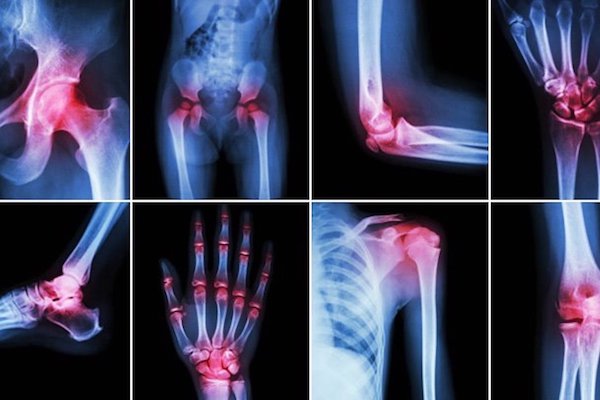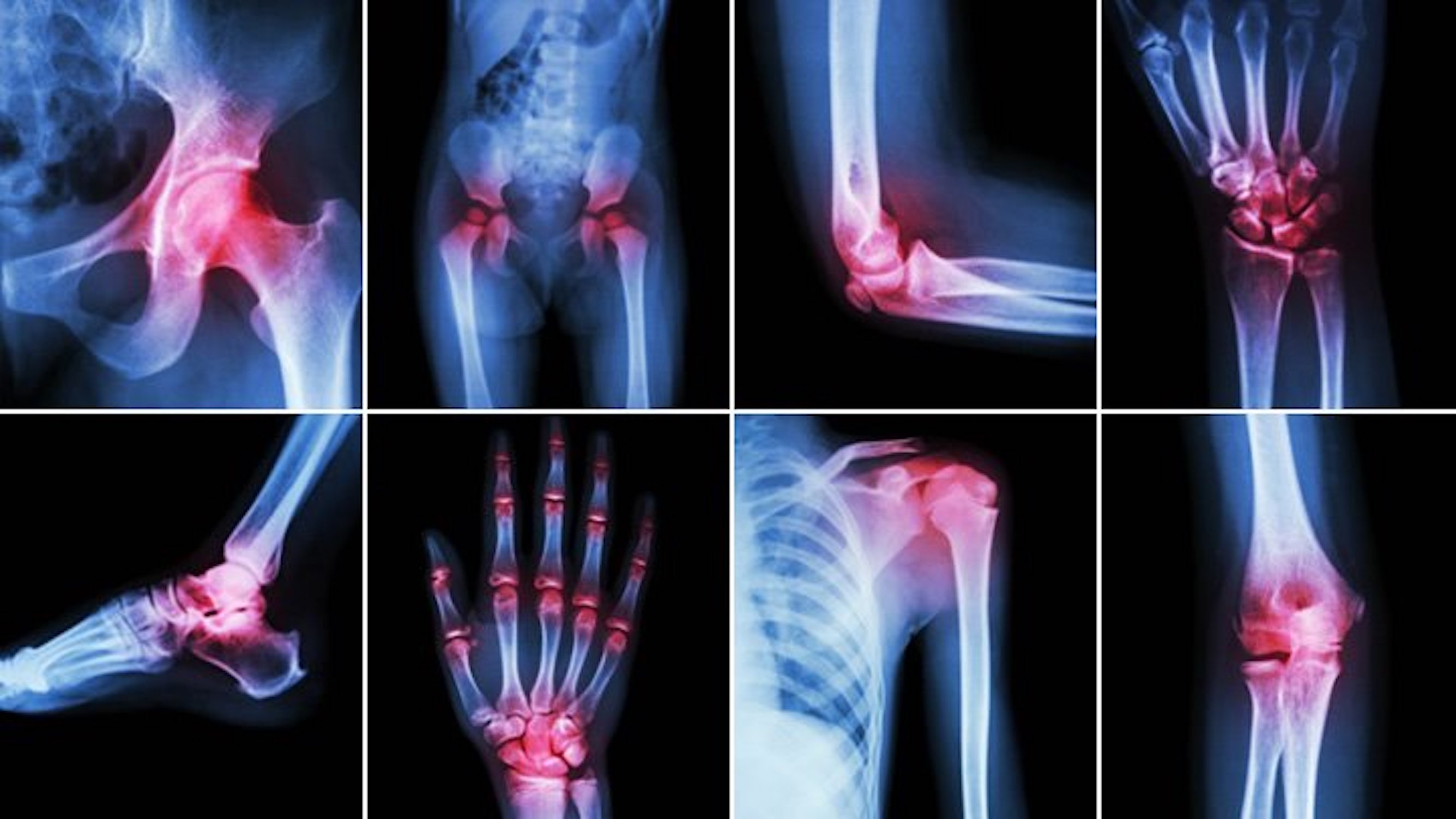A study aimed to discern the determine the ideal the cut-off values for age and symptom duration for first-line imaging modality of sacroiliac joints [X-ray versus magnetic resonance imaging (MRI)] for diagnosing axial spondyloarthritis (axSpA). The results were published in Therapeutic Advances in Musculoskeletal Disease.
In this retrospective cohort study, researchers assessed 388 patients newly diagnosed with axSpA. According to the investigators, patients were classified into radiographic axSpA (n = 322), and non-radiographic axSpA (n = 66) groups according to the fulfilment of modified New York criteria by X-ray. Subsequently, patient characteristics of the two groups were compared.
The results found that compared with patients with radiographic axSpA, patients with non-radiographic axSpA were younger at diagnosis (35.7 ± 11.3 years versus 26.8 ± 7.8 years, p < 0.001) and had shorter symptom duration [5.1 (2.1-12.0) years versus 1.0 (0.5-3.2) years, p < 0.001]. A receiver operating characteristic analysis showed that age > 33.5 years at diagnosis [area under the curve (AUC): 0.734] and symptom duration > 4.1 years (AUC: 0.787) were the cut-off values that best discriminate radiographic axSpA from non-radiographic axSpA.
“It is reasonable to use X-ray as a first-line imaging modality in patients older than 33.5 years with a symptom duration longer than 4.1 years and use MRI as a first-line imaging in patients younger than 33.5 years with a symptom duration less than 4.1 years,” the researchers concluded.
Link: https://pubmed.ncbi.nlm.nih.gov/35186125/
Keywords: X-ray, axial spondyloarthritis, cut-off value, magnetic resonance imaging









